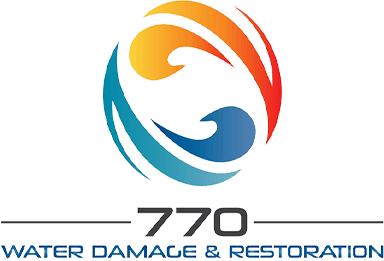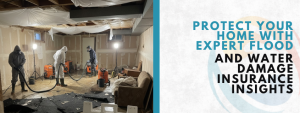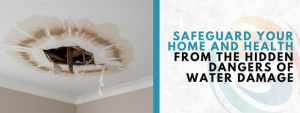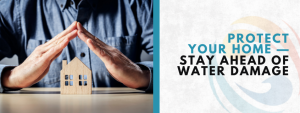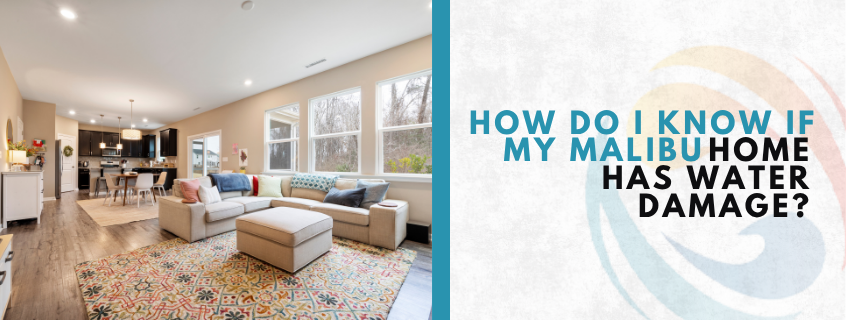
When you live in a beautiful coastal area like Malibu, the last thing you want is water sneaking into your home. Whether it’s a slow leak or storm aftermath, water damage can happen quietly—and if you don’t catch it early, it can grow into a big and expensive problem.
But how can you tell? The signs aren’t always dramatic like puddles on the floor. Many homeowners miss the early clues simply because they don’t know what to look for. That’s why knowing the signs of water damage in home is so important.
How to Identify Hidden Signs of Water Damage in Home
Water damage often hides in places you least expect, creating costly problems if left untreated. For homeowners in Malibu, being proactive about spotting the early warning signals is critical to protecting both property and health. Here are five ways to identify hidden signs of water damage in home.
1. Stained Walls and Ceilings
Discoloration or yellowish spots on ceilings and walls usually indicate slow leaks. These are common in coastal areas like Malibu, where salty air and humidity accelerate deterioration.
2. Warped or Buckling Floors
Wooden floors that swell or laminate that bubbles may be absorbing water. This subtle change is an often-overlooked clue.
3. Musty Odors
A persistent, damp smell is one of the most common signs of water damage in home. It usually means mold is forming behind walls or under flooring.
4. Peeling Paint or Wallpaper
Moisture loosens adhesive, causing paint and wallpaper to bubble, peel, or flake. Even minor peeling may point to underlying water issues.
5. Unexplained Increases in Utility Bills
A hidden plumbing leak often shows up first as a spike in water usage. Monitoring bills is a smart way to catch problems early.
How Do Hidden Leaks Reveal Themselves as Subtle Warning Signs?
Not all water damage is obvious. Hidden leaks often start small but can create serious problems over time. One of the earliest signs of water damage in home is a persistent musty odor, which usually indicates trapped moisture behind walls or under floors. Another subtle clue is bubbling paint or wallpaper that seems to peel without reason. In homes across Malibu, where coastal humidity is already high, these warning signs can appear sooner and progress faster. Warped flooring, unexplained damp spots, or even a sudden increase in utility bills may also point to hidden leaks. Paying attention to these subtle details can save homeowners from costly repairs and long-term structural damage.
5 Health Risks Linked to Signs of Water Damage in Home
- Mold Growth and Allergies
One of the most dangerous signs of water damage in home is mold. In coastal areas like Malibu, high humidity accelerates mold growth, triggering coughing, sneezing, and worsening asthma. - Respiratory Infections
Damp conditions from hidden leaks create bacteria and fungi. These invisible signs of water damage in home may lead to bronchitis and breathing issues, especially concerning for families in Malibu where salt air can worsen indoor air quality. - Weakened Immune Response
Prolonged exposure to unhealthy air caused by hidden water damage reduces immunity, making residents more vulnerable to illness. - Skin and Eye Irritation
Irritation of the skin and eyes is common when water damage is ignored, especially in humid climates where bacteria thrive. - Pest Infestations and Health Hazards
Hidden leaks, a subtle sign of water damage in home, attract termites and rodents that spread allergens and disease.
What You Should Do If You Notice These Signs
Now that you know the most common signs of water damage in home, what should you do next?
Here’s a simple action plan:
Step-by-Step Water Damage Checklist:
- Document the signs – Take photos of the stains, damage, or anything unusual.
- Shut off the source – If possible, turn off your water supply to stop leaks.
- Call a professional – Don’t wait for it to spread. Getting help fast limits damage.
- Check your homeowner’s insurance – Many policies cover water damage if caught early.
- Schedule a moisture inspection – Professional tools can detect hidden water without tearing into walls.
If you’re not sure who to call, start with trusted restoration services. You can visit this water damage restoration company to get fast and professional help. They’ve handled water damage all across California and know exactly what to look for.
Why Malibu Homes Are Especially Vulnerable
Living in Malibu is a dream—but like any coastal area, it comes with unique challenges. Salt air, morning fog, ocean humidity, and seasonal storms all make your home more prone to moisture problems.
Here are a few Malibu-specific triggers to keep in mind:
- Coastal fog creates constant condensation on windows and exterior walls
- Salt air breaks down building materials faster, especially around plumbing
- Flash flooding from heavy rains can soak foundations
- Ocean spray finds its way into tiny crevices near doors and decks
Because of this, it’s extra important for Malibu homeowners to regularly check for signs of water damage in home, especially after storms or high-humidity days.
Preventing Water Damage Before It Starts
The best way to fix water damage is to avoid it in the first place. Here’s how to stay ahead:
Water Damage Prevention Tips:
- Install a water leak detection system under major appliances
- Use waterproof paint in basements, kitchens, and bathrooms
- Clean gutters and downspouts regularly to avoid overflow
- Add a sump pump in low-lying areas
- Inspect caulking and seals around windows and tubs
- Don’t ignore small drips—fix them the same week
When to Get Expert Help for Water Damage Signs
Knowing when to call professionals can make all the difference in protecting your property. While some issues are easy to spot, such as visible stains or peeling paint, many signs of water damage in home are hidden. Musty odors, warped flooring, or sudden spikes in utility bills often point to deeper problems behind walls or under flooring. These situations require expert assessment.
Professionals use advanced tools to detect hidden moisture, identify structural concerns, and prevent mold growth before it spreads. Ignoring the early signs of water damage in home can lead to expensive repairs and health hazards. By seeking expert help quickly, homeowners ensure accurate detection, thorough restoration, and long-term protection, keeping their property safe and secure.
Frequently Asked Questions About Water Damage in Your Malibu Home
How do I know if I have hidden water damage in my home?
Many signs of water damage aren’t obvious. Look for musty odors, bubbling paint, unexpected stains on ceilings or walls, or soft, warped flooring. Sudden increases in your water bill or strange dripping or rushing sounds in the walls can also be red flags. If something feels off—even if you can’t see it—trust your instincts and investigate further.
What should I do immediately if I see or suspect water damage?
Take photos to document the damage, then shut off the water source if you can. Contact a water damage restoration professional right away to prevent it from spreading. It’s also wise to call your insurance provider to understand your coverage and schedule a moisture inspection to detect hidden water without opening walls.
Why is my Malibu home more likely to suffer from water damage?
Malibu’s coastal climate increases your home’s exposure to moisture. Salt air can corrode pipes, ocean spray sneaks into exterior gaps, and fog creates daily condensation. Seasonal rains may also cause foundation saturation. These unique factors make it crucial to inspect your home regularly for early signs of water damage.
Can I prevent water damage before it starts?
Yes, you can. Install leak detectors under appliances, waterproof areas like kitchens and bathrooms, and maintain your gutters. Check caulking and seals, fix small drips right away, and consider adding a sump pump in flood-prone zones. Regular upkeep is key to staying ahead of potential damage.
Is mold always a sign of water damage?
Usually, yes. Mold grows where moisture lingers. If you see mold on ceilings, walls, or near appliances, it likely means water has been present for some time. Even small patches should be taken seriously and addressed quickly to avoid health risks and further structural issues.
